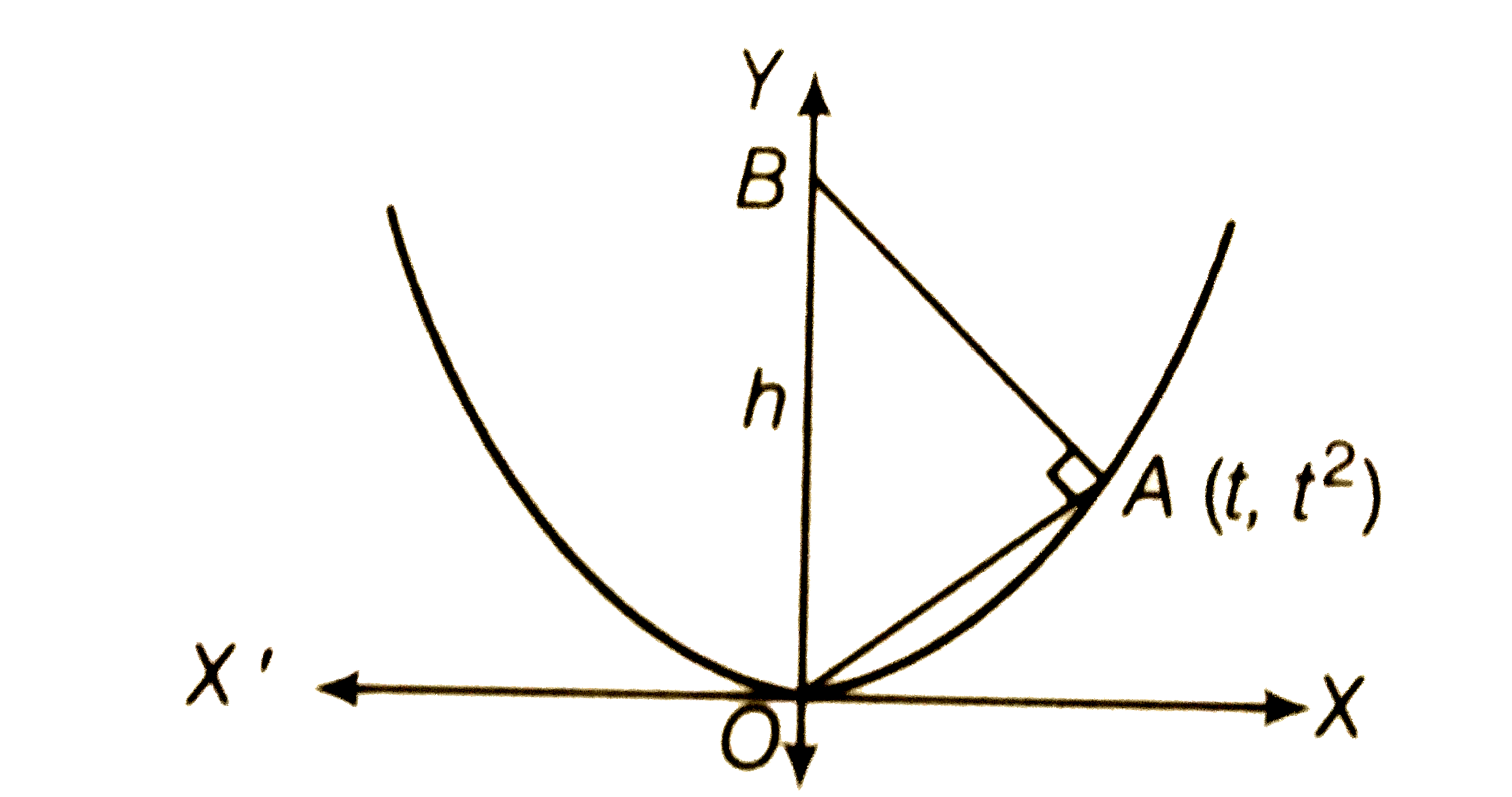Prove that n!+(n+1)!=n!(n+2)Solution in Punjabi
The correct Answer is:(A)→(s),(B)→(q),(C)→(r),(D)→(r)
Step by step video & image solution for Prove that n! + (n + 1)! = n! (n + 2) by Maths experts to help you in doubts & scoring excellent marks in Class 12 exams.
Updated on:21/07/2023Topper's Solved these Questions
- MONOTONICITY MAXIMA AND MINIMABOOK - ARIHANT MATHSCHAPTER - MONOTONICITY MAXIMA AND MINIMAEXERCISE - Exercise (Single Integer Answer Type Questions)
11 Videos
- MONOTONICITY MAXIMA AND MINIMABOOK - ARIHANT MATHSCHAPTER - MONOTONICITY MAXIMA AND MINIMAEXERCISE - MAXIMA AND MINIMA EXERCISE 6
2 Videos
- MONOTONICITY MAXIMA AND MINIMABOOK - ARIHANT MATHSCHAPTER - MONOTONICITY MAXIMA AND MINIMAEXERCISE - MAXIMA AND MINIMA EXERCISE 4
3 Videos
- MATRICES BOOK - ARIHANT MATHSCHAPTER - MATRICES EXERCISE - Exercise (Questions Asked In Previous 13 Years Exam)
49 Videos
- PAIR OF STRAIGHT LINES BOOK - ARIHANT MATHSCHAPTER - PAIR OF STRAIGHT LINES EXERCISE - Exercise (Questions Asked In Previous 13 Years Exam)
2 Videos
Similar Questions
A particular substance is being cooled by a stream of cold air (temperature of the air is constant and is 5∘C) where rate of cooling is directly proportional to square of difference of temperature of the substance and the air.
If the substance is cooled from 40∘C to 30∘C in 15 min and temperature after 1 hour is T∘C, then find the value of [T]/2, where [.] represents the greatest integer function.
View SolutionThe figure shows a right triangle with its hypotenuse OB along the y-axis and its vertex A on the parabola y=x2.

Let h represents the length of the hypotenuse which depends on the x-coordinate of the point A. The value of limt→o(h) is equal to
View SolutionEvaluate (n+3)!(n+1)!
View SolutionLet A=⎡⎢⎣1000110−24⎤⎥⎦,I=⎡⎢⎣100010001⎤⎥⎦andA−1=[16(A2+cA+dI)] Then value of candd are (a) (−6,−11) (b) (6,11) (c) (−6,11) (d) (6,−11)
View SolutionIf the pair of lines ax2+2(a+b)xy+by2=0 lie along diameters of a circle and divide the circle into four sectors such that the area of one of the sectors is thrice the area of another sector then
View SolutionProve that n!(n+2)=n!+(n+1)!
View SolutionProve that (1)/(n!)+(1)/(2!(n-2)!)+(1)/(4!(n-4)!)+...=(1)/(n!)2^(n-1)
View SolutionFor n in N, prove that (n+1)[n!n+(n-1)!(2n-1)+(n-2)!(n-1)]=(n+2)!
View SolutionProve that: n!(n+2)=n!+(n+1)!
View SolutionProve that n!(n+2)=n!+(n+1)!.
View SolutionProve that (n+12)n>n!
View Solutionसिद्ध कीजिए कि - n!(n+2)=n!+(n+1)!
View SolutionFor n∈N , Prove that (n+1)[n!n+(n−1)!(2n−1)+(n−2)!(n−1)]=(n+2)!
View SolutionProve that n!(n+2)=n!+(n+1)!
View Solutionপ্রমাণ কর, (n+1)[n!n+(n−1)!(2n−1)+(n−2)!(n−1)]=(n+2)! (যেখানে n = N )
View SolutionProve that [(n+1)/2]n>(n!).
View Solution
